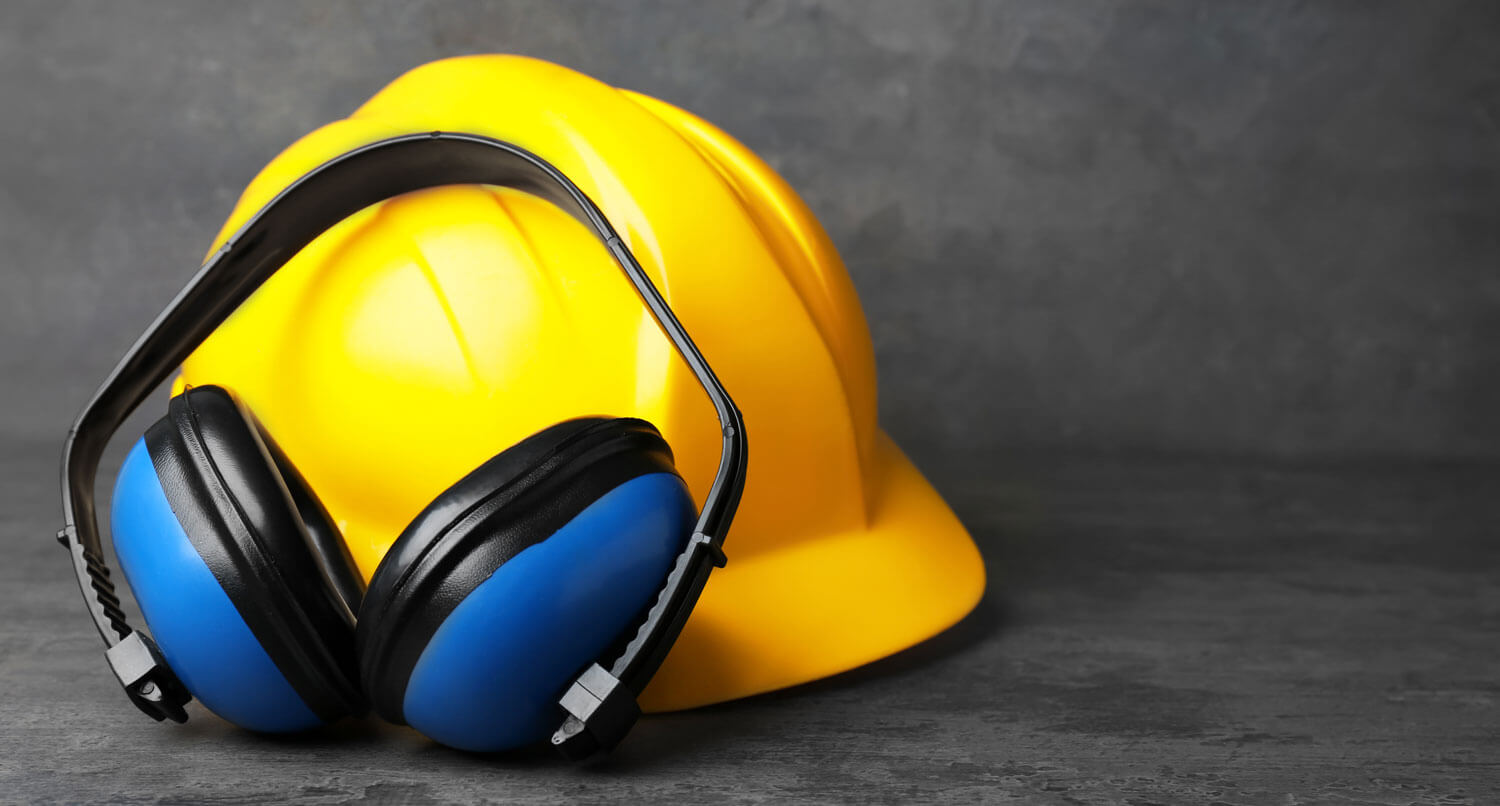The risk of incurring work-related hearing damage or other illness is “100% preventable, provided an updated, more effective approach to noise risk reduction is adopted.”
That’s according to the British Occupational Hygiene Society (BOHS), which is recognised as the Chartered Society for Worker Health Protection. It states that the traditional approach to noise risk reduction in the workplace has failed.
To prove its point, the BOHS recently hosted a webinar on noise management, all of which essentially states that the current methods are flawed, and call for some big changes to how it’s managed.
The three experts who’ve been involved in these reports are Peter Wilson, Director at the Industrial Noise & Vibration Centre (INVC), David Greenberg, CEO at Eave and Rob Shepheard, a UK consultant audiologist.
Why does this matter? Because unfortunately, as a result of noise management failings, many people have suffered (and are continuing to suffer) from unnecessary hearing damage and related detrimental health effects including increased risk of dementia, cardiovascular disease, and hypertension.
- If you have severe hearing loss, you are five times more likely to develop dementia
- You are up to 24 percent more likely to have a stroke if you have been exposed to noise
- 63 percent of repeat noise risk assessments are a waste of time – they are telling you what you already know
- It is impossible to guarantee adequate real-world protection using conventional PPE for noise levels above 90dB(A). Incorrect fitting of earplugs can reduce attenuation from 20dB-30dB to as low as 2dB.
In order to move the conversation forward, we wanted to reflect on the ways in which this applies to the construction industry.
What does this mean for the construction industry?
Noise-Induced Hearing Loss and tinnitus are a major concern for the construction sector, which is obviously a notoriously noisy working environment.
But often, (and somewhat bizarrely given that noise is so prevalent in the industry), it’s often seen as a bit of a hidden issue and not talked about enough.
Perhaps this is because we can’t know by looking at someone whether they have a hearing issue, and it often is low down on the priority list in terms of focus areas when it comes to health and safety.
But on the flip side, as the BOHS webinar and a variety of resources from the UK Hearing Conservation Association (UKHCA) show, serious concerns are created as a result of poor hearing, so there are plenty of reasons why the issue needs to be higher up the health and safety priority list.
Challenges facing the industry
Noise risk assessments are always a challenge in construction. Noise levels change on a regular basis depending on work activity, equipment and who is working.
So this causes issues with noise surveys as they may only ever be valid on the day they are completed.
Contractors can confuse noise monitoring for section 61 (environmental noise) with personal noise surveys, and miss the vital measures needed to protect their own workers.
Advances in smart hearing protection, like those from EAVE, are a game-changer. Not only do they help protect workers’ hearing, but they are also a great way of being able to get real-time data, every day, providing more relevant information to inform your risk assessment.
Engineering controls can be simpler and more effective than people think. Some links to examples can be found here.
But as we’ve said, a construction environment can change quickly and these aren’t always practical in such environments, so you’re left with segregating workers from noise and investing in quieter equipment and construction methods as your options.
Electric plant and equipment is a great way of doing just that and is more environmentally friendly too.
Hearing protection: This should be the last line of defence, but it is often used as the first in construction. Guidance on fit testing from the UKHCA (the United Kingdom Hearing Conservation Association), is really important for construction. You can read about it here.
Recommendations: As always, here at Construction Health we are on a mission to improve health and wellbeing in the construction workplace.
We agree with BOHS and the UKHCA that when it comes to monitoring and improving noise levels, traditional methods aren’t working – so action is needed.
- Watch the BOHS webinar ‘Has Noise Risk Reduction Failed?’ here.
- Evaluate how effective your noise management processes are. Are the risk assessments good enough? How accurate is your data to evaluate the actual risk exposures? Are your teams competent enough to know what good looks like?
- Work closely with the environmental managers and give your construction teams one clear process for noise management. This will also help to protect your neighbours and ensure you comply with section 61, which is as important as protecting the hearing of your workers and you have a duty to comply with all.
- Read the UKHCA guide and speak to your PPE supplier about how you introduce this.
- Education is key, look for ways to upskill your construction and procurement teams, designers and health and safety professional.
Solutions we can help with
We can assist construction businesses of all shapes and sizes in identifying noise risks and create individual plans to help you address these.
We start by evaluating your current noise management programmes and providing recommendations.
We are experienced in providing professional education, training, and coaching for your construction teams.
And if it’s needed, we can introduce a hearing protection fit testing programme for your business.
To speak to us about this please get in touch. You can also sign up for our newsletter, which offers plenty of helpful advice.
Further reading/watching:
BSC – Noise Exposure: Time for a new approach
Hearing Conservation – UKHCA Hearing Protection Fit Testing Introduction
BOHS – Midlands Regional Webinar: Has Noise Risk Reduction Failed?
BOHS Midlands Webinar: Has Noise Risk Reduction Failed? (YouTube)



